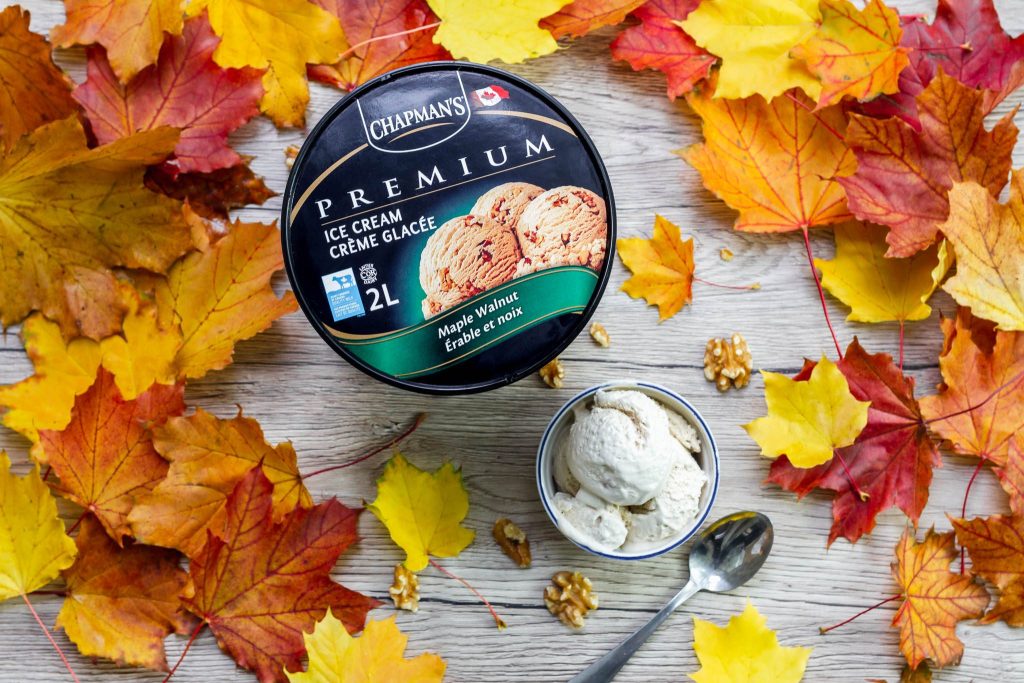‘Buy Canadian’ trend boosting bottom lines as consumer demand grows

Posted Feb 25, 2025 10:11:56 AM.
The ‘Buy Canadian’ trend looks like it’s here to stay as more and more people seek out homegrown goods.
Ashley Chapman is the COO of Chapman’s Ice Cream, a Canadian-owned and operated company.
“We all have to rally together as Canadians, and we have to do what’s right, and that’s supporting Canadian. There isn’t a single place in this country where we don’t deliver to, that includes fly-in communities and the absolute extremes of Canada.”
He tells 1130 NewsRadio the ongoing threats of the White House have prompted the company to shop anywhere but the U.S. for some ingredients, including for the cocoa and black cherries they currently import from the United States.
“We’re looking everywhere at this point.”
Chapman says year-over-year in January, they’ve seen a 10 per cent jump in sales, which he calls “significant” and something that’s odd as winter is typically a slow time of year for the company.
“A bump in sales is always appreciated, that’s for sure. Canadians support us coast to coast, so maybe they’re just supporting us a little more.”
He is critical of how some aspects of food processing are handled in Canada, something he believes isn’t set up to support companies like his.
“Specifically, to do with fruits. A good example is strawberries. You see strawberries in the summer, they’re beautiful, they’re delicious, but they’re only available fresh. And to get those in bulk, I essentially have to pay fresh prices, so I would like to see more processing of the things we grow in Canada into more shelf-stable things.”
Regardless of whether the U.S.-imposed 25 per cent tariffs are imposed, Chapman says it’s forever changed his company’s outlook.
“We are still going to continue our journey trying to source specific items from Canada. Even if we play a slightly higher price for the ingredient, there’s a lot less money spent on the shipping of the product,” he explained.
“But if the tariffs do happen, our commitment as a company is we are not going to raise prices this year. We’re going to suck it up as a company and food insecurity is just an absolute travesty in Canada right now.”
Chapman is hopeful dairy or sugar prices come down as they try to find the sweet spot to help balance things out.
However, he can’t guarantee prices won’t go up next year if the levies are implemented.
Given the ongoing threats from the Trump administration, Chapman says it has left him feeling emotional.
“I think it’s one thing that’s uniting the country at this point. To say your average Canadian is pissed off is a very accurate statement. It might be a little bit of an understatement. It’s a violation for Canadians. It’s ridiculous, unnecessary and it’s grotesque.”
Chapman says they ship about one per cent of their products to parts of the U.S.
“Our American customers are very angry with the situation as well. It’s one thing for us to realize how angry we are in this country, but there are quite a few Americans on the other side of the border who are just disgusted by what’s happening.”
He recommends everyone do their research to find out if a company is truly Canadian and if in doubt, reach out and ask for more information.
Independent grocers see ‘unprecedented’ demand
Retailers are also seeing more customers push for Canadian products.
Gary Sands, the senior vice-president of the Canadian Federation of Independent Grocers, tells 1130 NewsRadio that people are being very deliberate with which products they spend their money on and they’re specifically seeking out anything homegrown.
“This is unprecedented. It’s not, ‘We’d like to see more Canadian products, or we’d like to see more signage identifying.’ It’s a demand and it’s right across the country.”
There are roughly 6,900 independent grocers across the country and like Chapman, he points out they’re trying to source products from anywhere but the U.S.
“That’s a reflection of what the customers want. And there’s a renewed desire to double down on that and source even more Canadian products. We have never experienced anything like this. I have been representing the independents for 20 years and I’ve never seen anything like it,” he explained.

Sands says overall sales aren’t necessarily higher, but sales of Canadian products have increased. He’s also pushing for interprovincial trade barriers to come down to help move products easily across the country.
“What kind of investments do we need to look at that could enable us to pay more than lip service to getting more Canadian products to all those rural and remote communities, for example.”
We asked Sands how much longer can Canadians keep up with this trend.
“I think we all know for at least the next four years, it’s going to be a rough ride. The United States is a changing face and it’s one we don’t recognize.”
He doesn’t doubt the passion people are feeling with help to continue fueling Canadian sales.
“This is not so much about what we sell, it’s about who we are.”








